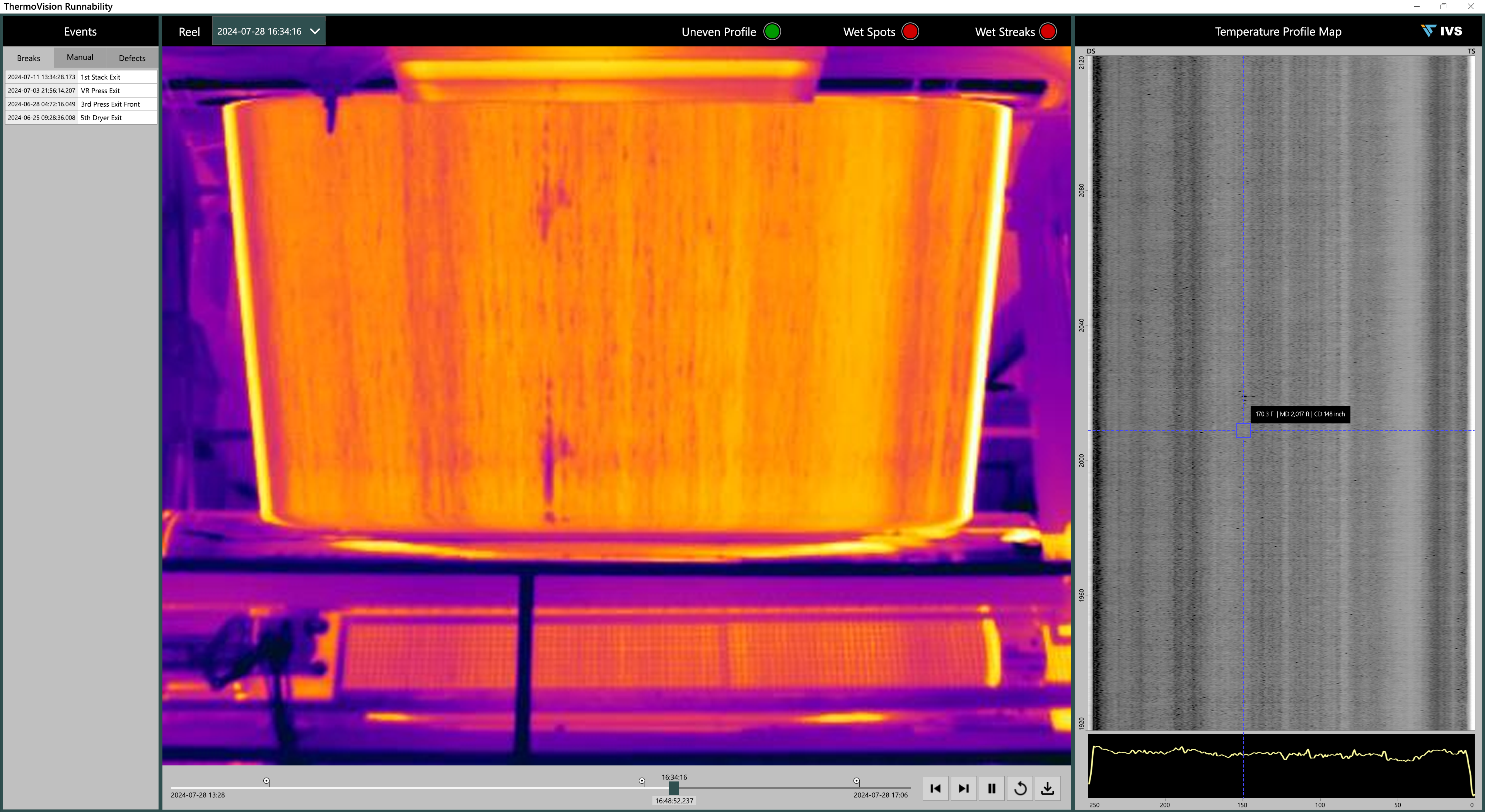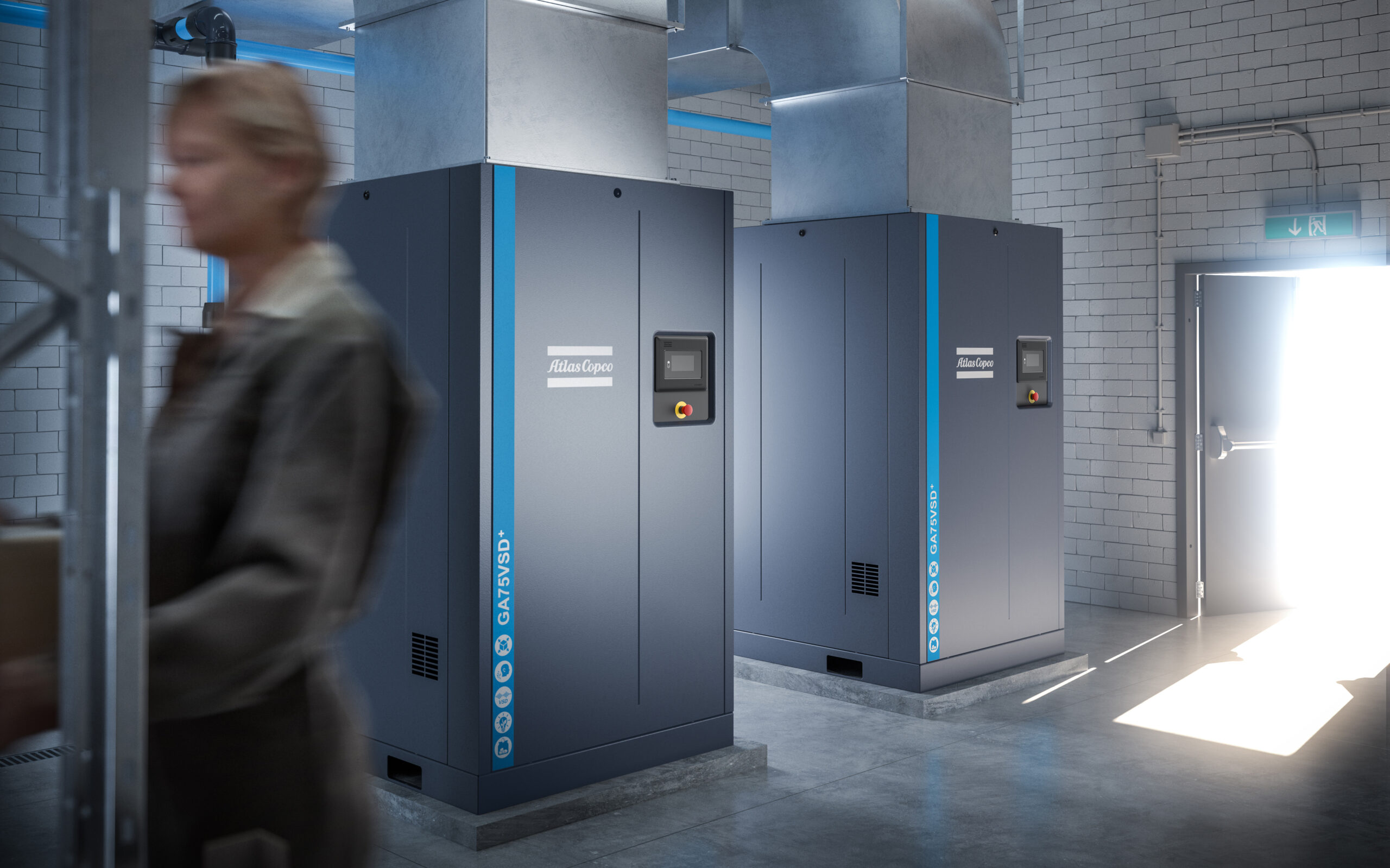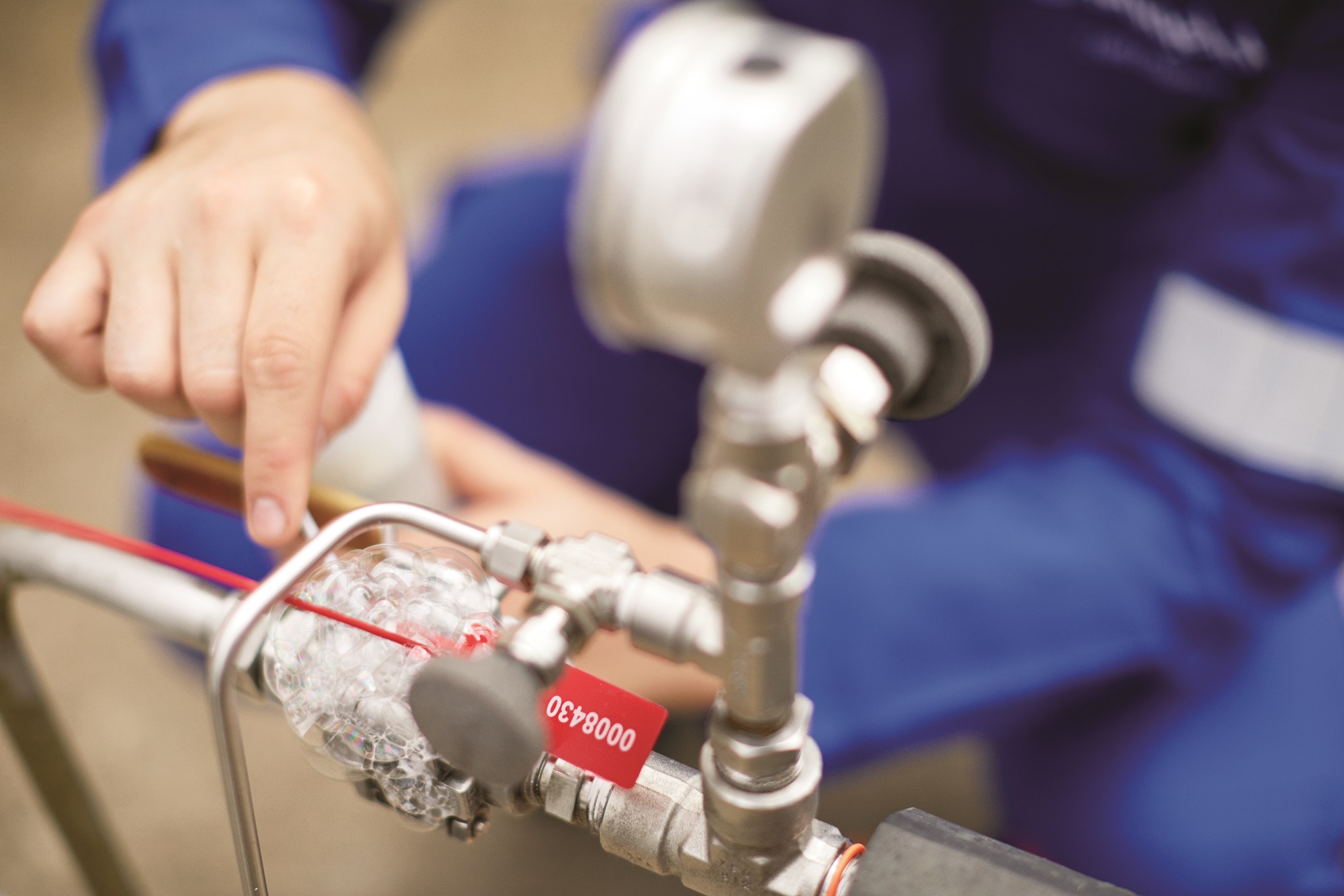Dual-purpose winch series moves onshore rig material and personnel safely to save rig floor space for oil and gas applications.
Ingersoll Rand’s Hydraulic Force Series dual-purpose winch (figure 1) was featured at the Offshore Technology Conference (OTC) 2018 in Houston. Heretofore, onshore operators needed a separate winch for equipment and for people. Others took the risk of moving human beings with a winch rated at 12,000 lbs. The dual-purpose winch uses different operating modes to safely lift equipment and people to save rig floor space.
“The dual-purpose winch is the capstone of our Hydraulic Force Series, a winch portfolio Ingersoll Rand developed specifically for land rigs,” said Maria Blase, president for Ingersoll Rand Material Handling.
Rig manufacturers and operators recognize the benefits of having a man-rider winch and utility winch, but limited space on land rigs has made operating two winches unrealistic. The dual-purpose winch is designed to give operators the ability to maintain one winch instead of two.
“The underpinning technology solves fundamental safety, space, and productivity problems,” said Jennifer Eckert, global product manager. “One motor lifts heavy equipment and the other lifts personnel. We’ve removed the hassle.”
Some winch basics
Basic winch components are shown in figure 2. In the operation of a winch, a motor drives a central shaft coupled to the drum through a set of gears. The gears reduce the drive shaft rotation to turn the drum of the winch. Drum rotation spools or unspools the wire rope to lift or lower the load.
A winch may have a drum or a disk brake, and be powered by hydraulic, pneumatic, or electric power. The control mechanism can be mounted on the winch, remote, or wireless. The operating pressure of a hydraulic winch is much greater than that of a pneumatic winch.
To keep workers at the end of the line safe at all times, the dual-purpose winch’s primary hydraulic gear motor is rated to lift up to 12,000 lbs while in utility mode and 350 lbs in man-riding mode. The two separate motors combined with a proprietary locking mechanism drive the winch, enabling it to shift between equipment and personnel lifting.
Other factors of interest
In case of an emergency, shut off and lowering capabilities enable a two-way valve equipped with a lever for quick system shutdown. If the rig were to lose power, the winch can be connected to an auxiliary hydraulic system to support the safe lowering of the worker or load on the end of the wire.
Teo separate control levers that activate each mode–man riding and utility lifting–allow operators to differentiate between lifting equipment versus a person. A mode selector locks the winch in one operating mode to prevent accidental misuse. The mode selector’s robust cover prevents accidental switching and locks shut to prevent unauthorized controls tampering.
A relief valve on the man rider motor set at the factory prevents the winch from lifting a load that exceeds 125% of rated capacity of the man rider mode. Multi-static disk brakes applied to each motor combined with counterbalance valves provide redundant braking systems in each operating mode.
Ingersoll Rand
– Edited by CFE Media.



